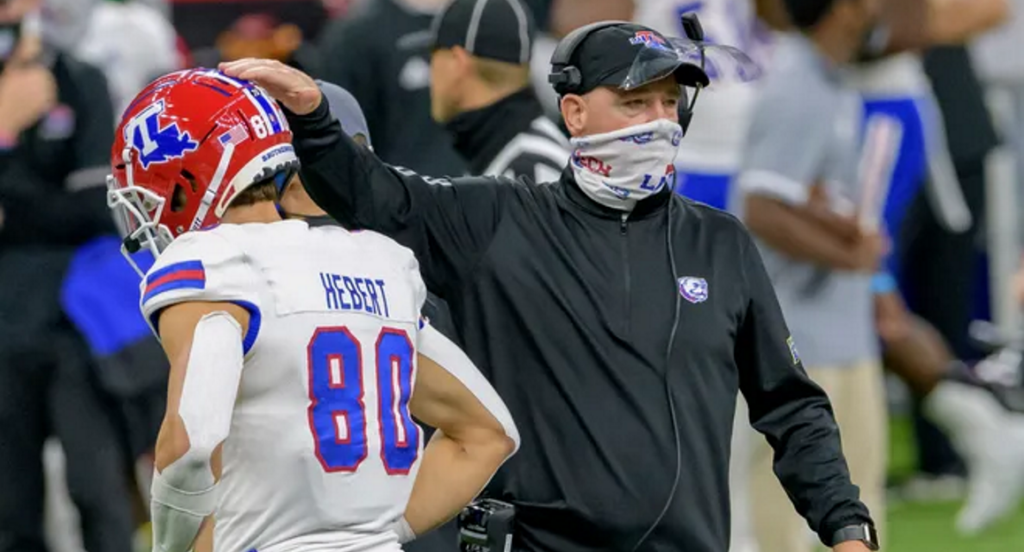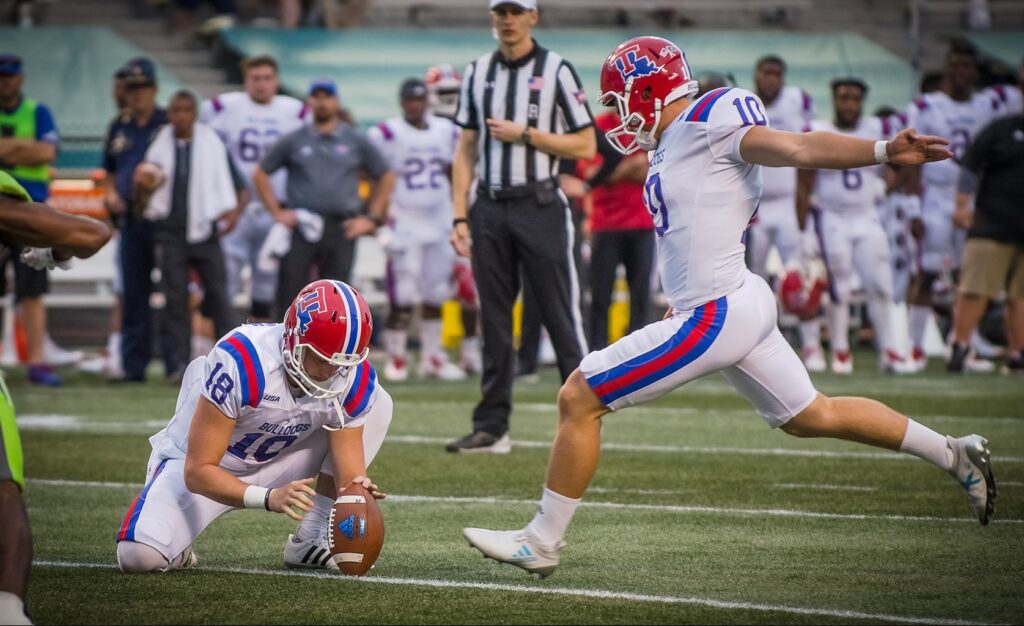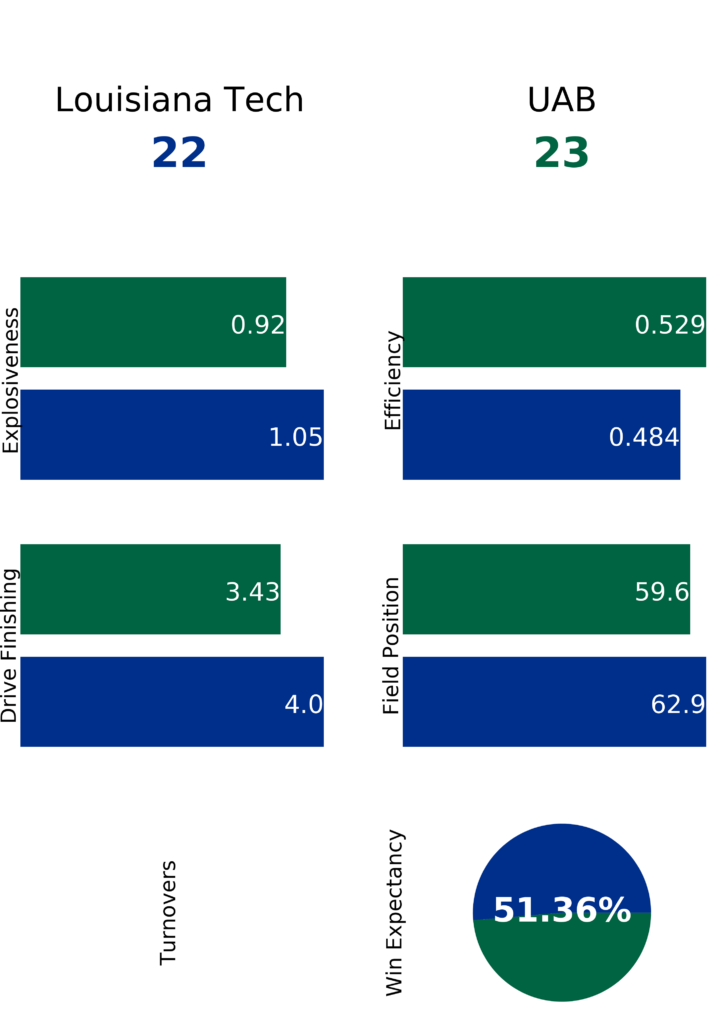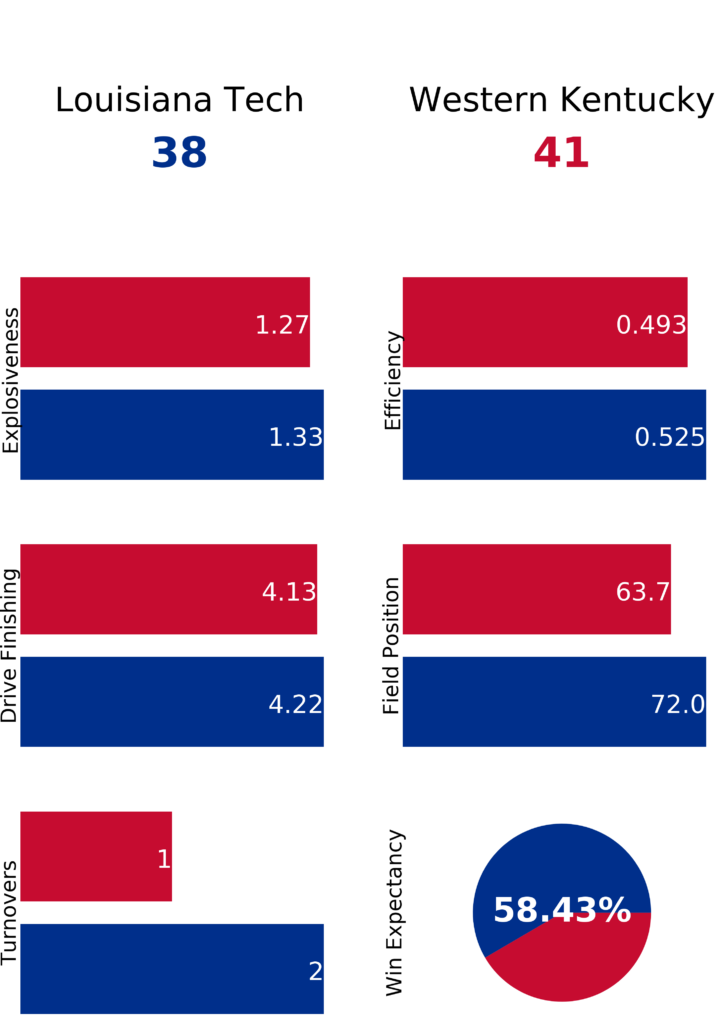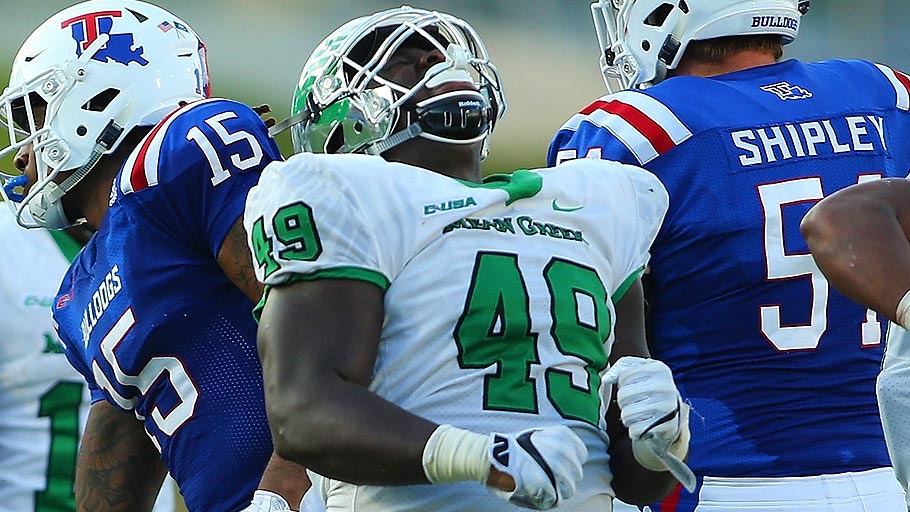It’s not often fun being a Tech football fan.
That’s not to say that the Bulldogs haven’t had some good teams throughout the past few years (*cough* *cough* bowl game win streak), but that doesn’t mean that there haven’t been times that Tech has pulled a Tech. Or in other words: times where Tech pulled defeat from the jaws of victory.
It’s easy to look at close games and imagine what would have happened if Tech had just scored a few more points (we’ve done something along those lines before). But what I’m interested in is the times that Tech was straight up unlucky. As in the games where Tech did everything right (or at least more right than their opponent) and still lost.
To do that, I’ll be using math (hooray!) and looking at Bill Connelly’s Five Factors of College Football: Explosiveness, Efficiency, Drive Finishing, Field Position, and Turnovers. You can read more about how those factors are measured in the link above, but for our purposes, this is what we need to know:
- The most explosive (basically a weighted “yards per play” metric) team wins 86% of the time
- The most efficient (based on a team’s Success Rate, as in how many yards they needed versus how many they got) team wins 83% of the time
- The team that scores the most points per trip inside their opponent’s 40 yard line wins 75% of the time
- The team with the best average starting field position wins 72% of the time
- The team with the fewer turnovers win 73% of the time
So, if we know those five things from each Tech game, we can use math to find out the likelihood that Tech would have won those games. For example, the TCU game from this past season had a 0% win expectancy for Tech, but the 2015 Louisiana-Lafayette game had a 99% win expectancy for the Bulldogs. Most games come somewhere between those extremes, like the 2020 UAB overtime victory where Tech had a 69% win expectancy.
But that’s enough about the games that Tech won. Using that math, let’s look at the five games Tech was least likely to lose since 2014.
#5 2017 vs Southern Mississippi
Starting off with a game I’d like to forget, I see.
For those that have repressed the memory: with less than 90 seconds remaining in the game, Tech held an 11 point lead (and according to ESPN’s win probability, a 99.8% chance to win). But after a field goal, a successful onside kick, and a touchdown, the Golden Eagles sent the game into overtime and came away victors after a second OT.
But outside of late-game heroics, USM’s efficiency throughout this game is the difference in the win expectancy and possibly the difference in the game outcome itself. The Golden Eagles’ ability to succeed on a per-play basis means that they were able to extend drives and possess the ball more. In the end, USM won the time of possession battle 40:52 to 19:08 and ran 98 plays to Tech’s 62.
#4 2017 vs UAB
Oh, I get it now. All of these are going to be painful.
Two weeks before the double-overtime loss to Southern Miss, the Bulldogs traveled to UAB to play the Blazers in their first year back from self-imposed temporary death.
With three and a half minutes to go and down by seven, Tech drove 67 yards over seven plays to put the ball in the endzone. But after a false start before the extra point attempt, Jonathan Barnes missed the extra point that would have tied the game. Then on a possible redemption chance, Barnes had his 30 yard FG attempt blocked as time expired.
Like the USM game above, Tech’s opponent was more efficient than the Bulldogs, but not quite as drastically. All-in-all, the win expectancy calls this game practically a coin flip, and it just happened to land on tails instead of heads.
#3 2015 vs Western Kentucky
So far we’ve had a late 11-point blown lead and a missed game-winning field goal. So it’s pretty odd that #3 is a game where Tech was down by two touchdowns with under 2:30 left in the game.
This game was 14-0 Hilltoppers after the first quarter and it remained a two-possession game throughout most of the night. But down by 10 in the final minute, a 21-yard pass from Jeff Driskel to Paul Turner cut the lead to three. That raised hopes just enough to be crushed when WKU came down with the onside kick.
The Bulldogs were more efficient. They were more explosive. Tech scored more points per drive inside WKU’s 40 yard line. But the Hilltoppers’ Punt/Kick Returner Kylen Towner gave Western Kentucky above-average starting field position (as well as a kick return touchdown) and the extra turnover by the Bulldogs certainly didn’t help.
#2 2014 vs Marshall
The hug felt ’round the world.
Tech took the lead seven minutes into this game. The Bulldogs would hold that lead all the way until 1:50 left in the 4th quarter. And then when Tech needed him most, Cody Sokol threw an interception on the first play after Marshall took the lead.
Yeah, Marshall was a bit more efficient on the night, but the Bulldogs scored twice as many points per trip inside the 40 and only half as many turnovers. But unfortunately, even two turnovers were too many.
#1 2017 vs North Texas
Tech had a 75% chance to win this game using Win Expectancy. Basically the same as flipping a coin twice and having it come up heads both times.
#5, #4, and now #1 on this list all came within a four-game stretch in 2017. And like that UAB matchup, this game came down to a missed field goal in the final few minutes. After the missed 53-yarder, the Tech defense failed to keep the Mean Green offense from gaining two first downs to end the game.
Efficiency again comes to bite the Bulldogs. The difference between a 0.519 and 0.444 efficiency was enough to give North Texas seven more first downs and 100 more offensive yards.
Between these #5, #4, and #1 games, it seems that 2017 may have been a cursed year. J’Mar Smith’s first year under center ended with a 6-6 regular-season record and a Frisco Bowl blowout win over SMU.
The 51-10 victory over the Mustangs in Frisco seemed surprising at the time, but if the Bulldogs’ record had been 9-3 going in, would we have been as surprised?
Well, before we come to any conclusions, we need to look at the games that Tech won that they probably shouldn’t have. That Top 5 list will be covered next week, and it (like this post) will be topped by a game from 2017.

